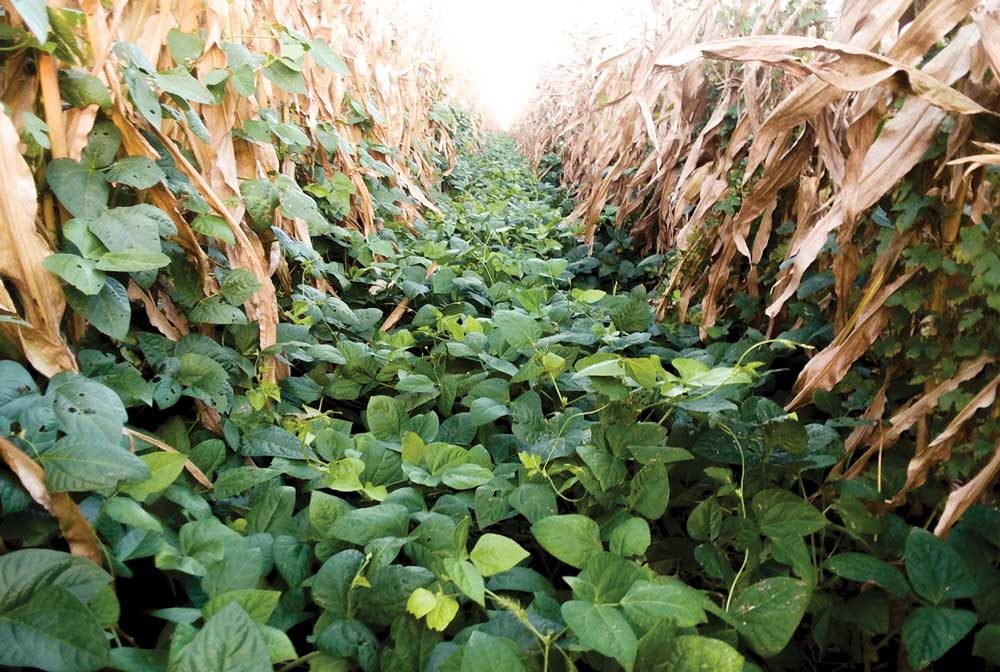No-Till Farmer
Get full access NOW to the most comprehensive, powerful and easy-to-use online resource for no-tillage practices. Just one good idea will pay for your subscription hundreds of times over.

WHEN IT COMES to interseeding cover crops, growers should think about designing their agricultural ecosystems — including insects, microorganisms, bacteria and fungi — to make them function to the best of their ability, according to Mike Bredeson, a Grove City, Minn.-based entomologist with the Ecdysis Foundation. Speaking at the National No-Tillage Conference earlier this year in St. Louis, Mo., Bredeson shared insights on interseeding cover crops to increase beneficial insect populations.
Bredeson says that Mother Nature is the greatest architect, creating diversity and structure and that the immense level of diversity equates to a highly functional system.
“For example, prairies really hold onto their soils through that diversity,” Bredeson says. “They infiltrate and purify water. They harbor incredible amounts and diversities of biological organisms, microbes. The diversity held within a prairie results in this abundant, stable and diverse community of invertebrates — of insects.”
There are a couple of factors that Bredeson says play into a vibrant insect community. The primary top-down factor involves predator insects consuming herbivorous insects and keeping the pest population in check. Predators limit pests by directly consuming them. By simply being present, having predators in your system can reduce the feeding and reproductive efficiency of a pest population.
There are also bottom-up, plant…